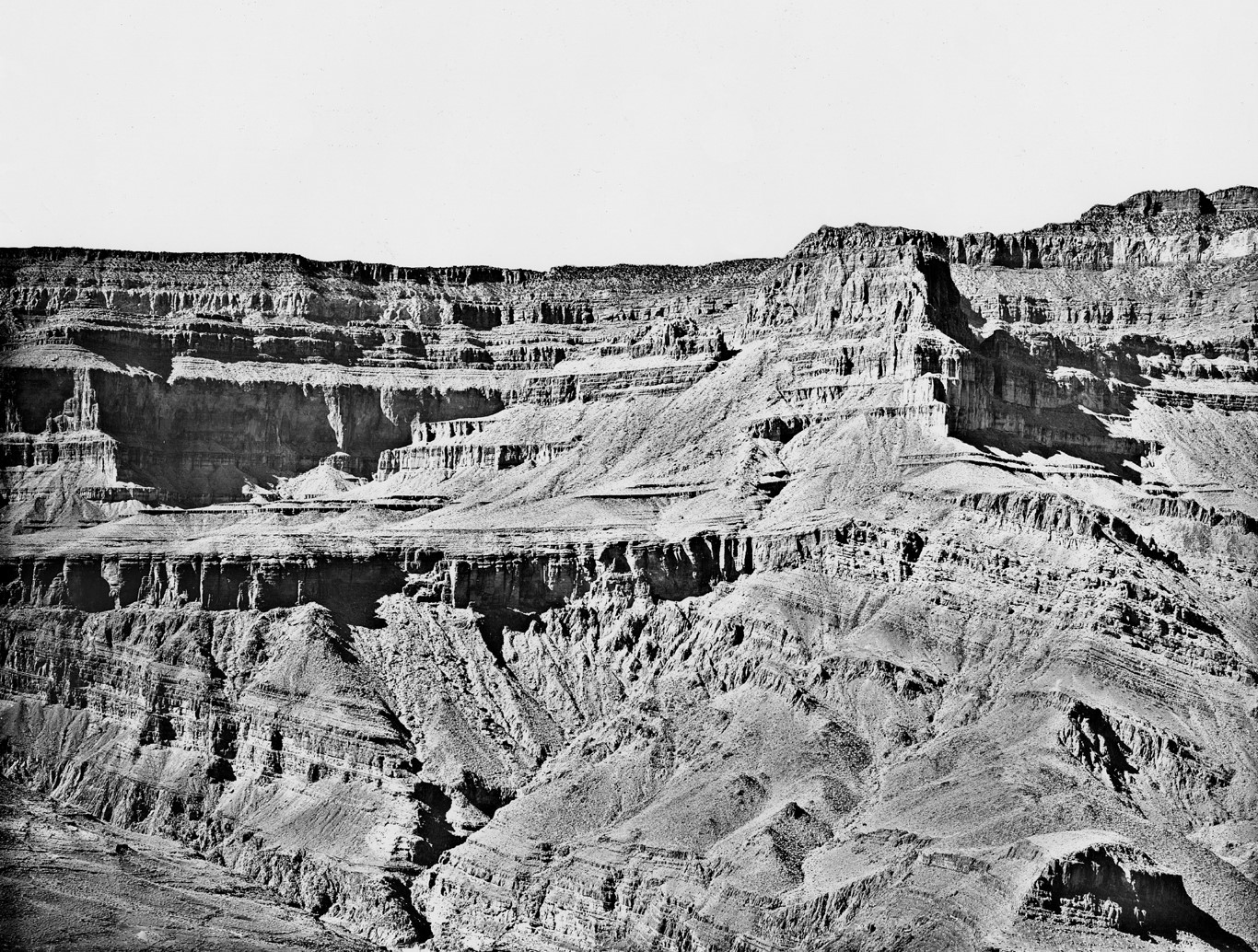Long ago, the Grand Canyon wasn’t a land of plunging ravines and gaping gullies, but the site of towering mountains, not dissimilar to South America’s Andes of today.
They are known as the Vishnu Mountains. Although they no longer stand proudly, evidence of their existence can be found in the ancient crystalline rocks at the very bottom of the Grand Canyon. Known as the Vishnu Basement Rocks, they are some of the oldest rocks in the entire formation.
The mountains were formed around 1.7 billion years ago amid a plate tectonic collision between the North American Plate and a since-lost oceanic plate, causing Earth’s crust to crumple up, fold, and thrust upwards, creating towering mountain ranges. They stood for over 450 million years until 1.25 billion years when they were flattened by erosion.
A trace of the mountains still exists in the Vishnu Basement Rocks, the base layer of rock that is located at the lowest part of the Grand Canyon today. Directly on top sit several other layers of rock that were created during later periods of geological history.

A photo of Grand Canyon rocks, with each layer showing a different time period.
Image credit: USGS (public domain)
The layer above the basement rocks is known as the Grand Canyon Supergroup, which shows the creation and destruction of an early supercontinent between 729 and 1,255 million years ago. The rocks also contain evidence for early single-celled life, although they formed before complex life on Earth was common, so significant fossils are extremely rare.
Next comes the Paleozoic Strata, comprised of the layered reddish rocks that you most associate with the Grand Canyon. This layer is a relic from the time the region was a warm and shallow sea, as evidenced by the wealth of sea creature fossils embedded in the rock.
The following part of the story involves the Colorado Plateau being uplifted, which altered the strength and flow of the Colorado River. Over the past 5 to 6 million years, the river carved out an expanding channel, eventually forming the Grand Canyon as we know it today.
Located in Arizona, the Grand Canyon is currently 446 kilometers (277 miles) long, spreads up to 29 kilometers (18 miles) wide, and has a depth of up to 1.8 kilometers (1.1 miles). Its vast size highlights the immense power of the Colorado River and the length of geological timescales involved in the canyon’s creation.
Although the canyon is the standout feature of the region today, it’s a relatively recent addition to this mind-blowingly old geological formation. We know about this past thanks to the canyon itself, which slices through the layers of history and provides a clear cross-section of its story.
[H/T: Grand Canyon NPS]
Source Link: The Grand Canyon Was Once A Mountain Range Formed By Earth's Plates Crumpling